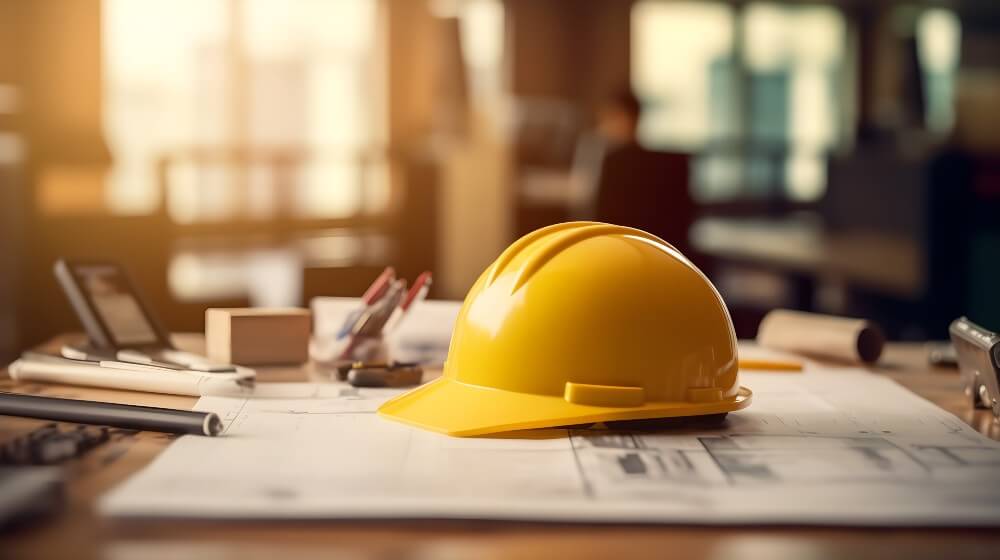Building Safety Act 2022 – How Will Property Transactions Be Affected?
In the wake of the Grenfell Tower tragedy, a full-scale review of building safety legislation in England has resulted in the introduction of the Building Safety Act 2022.
Generally speaking, the Act intends to improve the design, construction, management and safety standards in ‘higher risk’ buildings. After being implemented, landlords and developers are now considered responsible for any remediation or safety issues related to the building.
Given the scope of the Act and the potential impact on landlords and developers, understanding how it works and the type of buildings it effects is essential.
What does the Buildings Safety Act involve?
As mentioned above, the Buildings Safety Act was mainly introduced as a response to the Grenfell Tower Inquiry and the ‘systematic’ failures in the regulation of building safety.
The Act has created several new measures. These measures include:
- The creation of a new Building Safety Regulator.
- The introduction of new duties for building owners and managers.
- The establishment of a new industry levy to fund the work of the Building Safety Regulator.
- The introduction of new rights for leaseholders.
Future provisions have also been proposed as a part of the Act, including:
- Establishing a new National Construction Products Database. This would be used to track the safety of construction products.
- Introducing new training requirements for those working in the construction industry.
Which buildings and leases does the Buildings Safety Act apply to?
For the act to apply both the building and the lease must qualify.
A qualifying high-rise building under the terms of the Act is:
- At least 11 metres high, or five stories high (whichever comes first)
- Contains at least two separate dwellings (residential units)
- Is not leaseholder owned
There must also be a service charge, or maintenance charge, payable by the leaseholders to the building for it to qualify.
For a lease to qualify under the Building Safety Act, it must have been granted before 14th February 2022, be for more than 21 years and be for a single dwelling. As well as the lease being granted by 14th February, it is on this date that the owner must have used the property as their only or main home, or if they didn’t, must not have owned more than three properties (including the one the lease relates to) in the UK on that date.
It should be noted that the Act does not apply to any buildings which have been enfranchised, meaning they are now effectively owned by the tenants themselves.
How will the Building Safety Act affect property transactions?
To fully establish the position of whether the lease and leaseholder would qualify under the Act, a seller needs to provide a Leaseholders Deed of Certificate.
The Leaseholders Deed of Certificate will determine whether the lease of the flat is a ‘qualifying’ lease for the purpose of the Act. If it is, the tenant would be provided with additional protection against the costs of certain building safety related works that the landlord may need to carry out.
A landlord is required to serve a ‘Landlord’s Certificate’ if they are looking to pass on costs of works related to building safety through the service charge, or if and when they receive notification of an intended sale of the property. This certificate will set out any remediation works which have been , or are due on the building, whether the Landlord accepts responsibility for the costs of these, and provides information on their financial position to show the level of contribution they are expected to pay.
In these situations, any potential buyers will, understandably, want to establish whether the respective certificates have been sent and received so they can clarify the potential costs liability related to any remediation works for the building. This is especially as remediation works could become extremely costly depending on the status of the building.
Practically speaking, any transactions that fall within the scope of the Act are likely to be heavily affected by the requirement for the service of a Leaseholder Deed of Certificate and Landlord’s Certificate.
The need for both Certificates to be served could cause significant delays, particularly where they have not been arranged in advance of the sale of a flat. This means that any prospective sellers will need to plan ahead and serve the Leaseholder’s Deed of Certificate as soon as possible.
Here to help
Longmores’ property solicitors have established a reputation for providing straightforward, pragmatic, and tailored legal advice in relation to a wide range of transactions. Our team are ranked by leading client guides the Legal 500 for our expertise in both everyday property law matters and more niche areas – including in relation to the Building Safety Act.
To discuss your situation or to receive bespoke legal support, please contact our property team today.
Please note the contents of this article are given for information only and must not be relied upon. Legal advice should always be sought in relation to specific circumstances.

